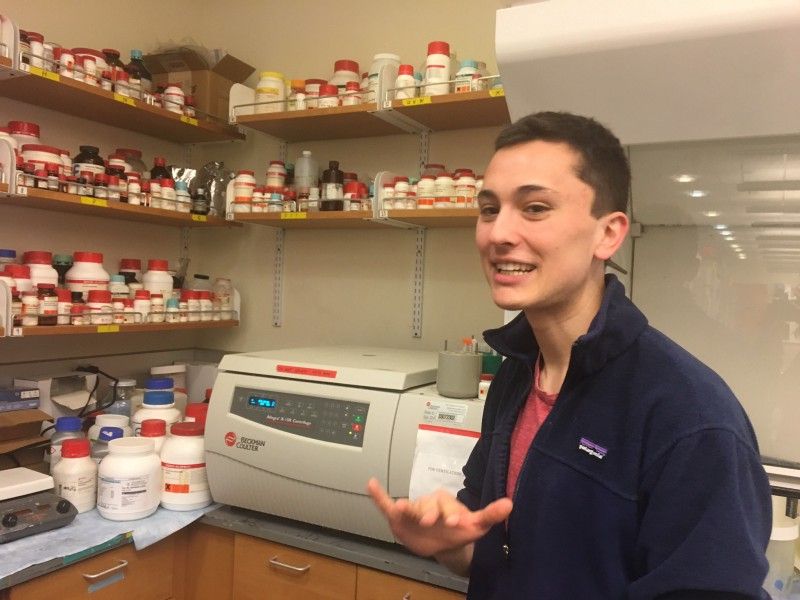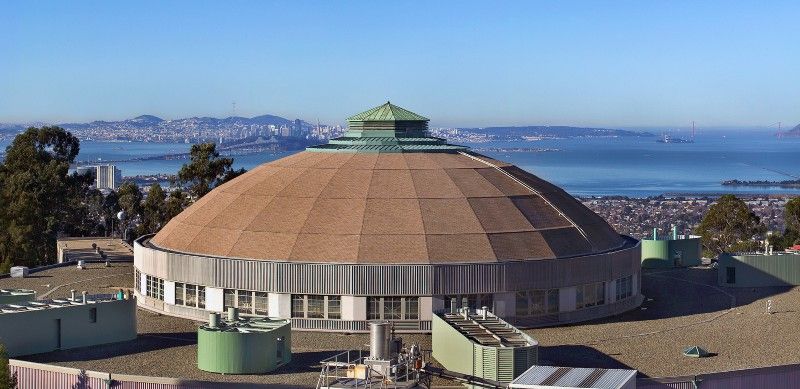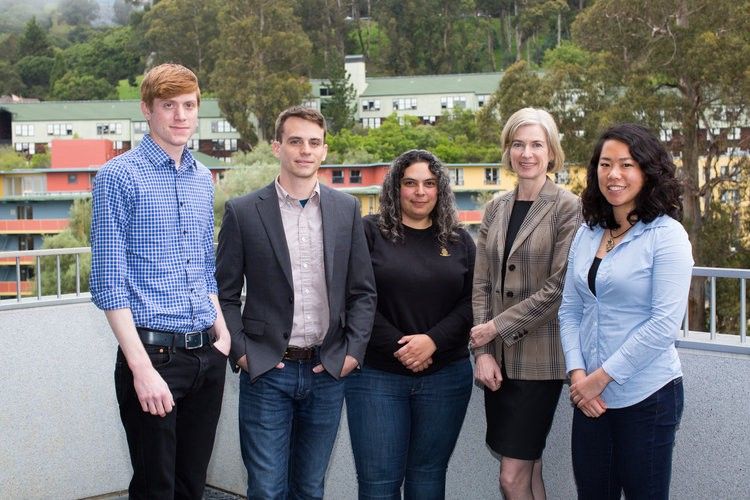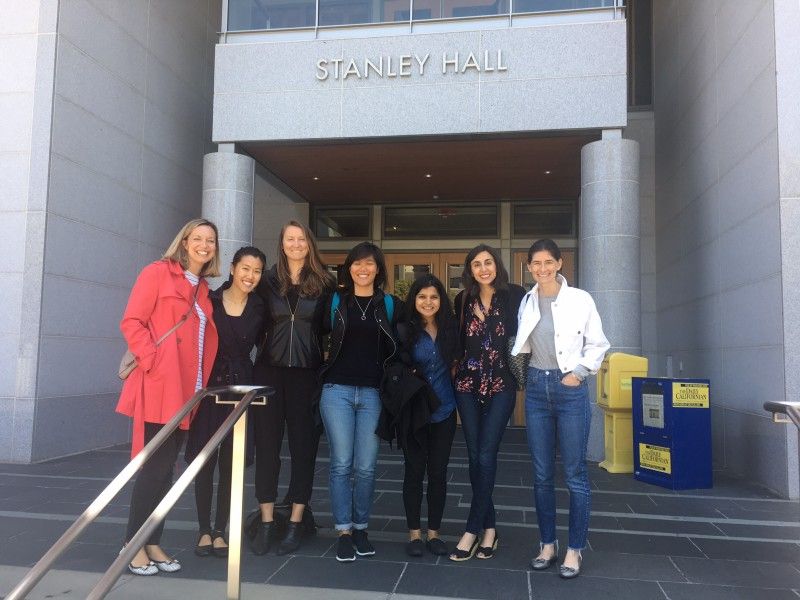Doudna Lab tour
Last month, we were delighted to tour UC Berkeley’s Doudna Lab, at the forefront of discovering CRISPR systems and understanding the…

Last month, we were delighted to tour UC Berkeley’s Doudna Lab, at the forefront of discovering CRISPR systems and understanding the mechanisms by which they provide adaptive immunity to prokaryotes. For those who aren’t familiar, think of the CRISPR-Cas9 system as special scissors that cut DNA ‘threads.’ In nature, bacteria use these scissors to cut the DNA threads of invading viruses. Per Berkeley News, the Doudna/Charpentier team figured out how to engineer and use these scissors to cut any DNA thread of their choosing.
Before we could qualify for the wet lab, second-year graduate student Josh gave us an overview of the lab’s hardware. This included purification equipment like thermocyclers and centrifuges (which can get up to 50,000 G) as well as analytical equipment like a liquid chromatography system, electrophoresis rig, phosphorimager, and a plate reader for parallel luminescence detection.
With the equipment knowledge under our belts, we headed into the lab for a tour with Gavin Knott. Our favorite part was his comparison of the different ways scientists visualize molecules.
In traditional x-ray crystallography, samples of ~10⁶ molecules are crystallized, cooled to 100K, and placed in the beam-line. The diffracted pattern is record and used to calculate the structure using Coot and visualized using PyMOL. Gavin estimated that, if all goes well, it takes about 2–3 weeks to get a visualization of a molecule. Believe it or not, the most difficult part in this entire cutting-edge process is getting clean crystals.

A new technology, cryo-electron microscopy (Cryo-EM), enables this visualization without requiring crystals. On top of that, it allows scientists to see how molecules move and interact. is a new competing technology. In Cryo-EM, a beam of electrons passes through a thin frozen molecule sample, projecting an image onto a detector and then doing some image processing. Perhaps it’s unsurprising that this breakthrough led to the 2017 Nobel Prize in Chemistry.
Members of the Doudna Lab are hard at work on the forefront of basic science research. Researchers there are currently exploring other CRISPR-associated proteins such as Cas12a. Similar to Cas9, Cas12a uses a guide RNA sequence to localize either to either a single-stranded or double-stranded section of DNA. It then cleaves, but unlike Cas9, it continues to cut single-stranded DNA after the initial cut and therefore shreds the strand.
Josh demonstrated how this shredding can be detected with a fluorophore and quencher (and a little bit of saliva from one of us guests). One possible application of this is rapid diagnostics and genotyping.

We wrapped up with a presentation from Lucas Harrington. He and Janice Chen, fresh from earning their doctorates just a few weeks ago, are already busy building Mammoth Biosciences. Their company will use some of these CRISPR techniques to build a platform for disease detection.
Many thanks to Josh Cofsky and the entire Doudna Lab for hosting us!

South Park Commons is the anti-incubator, a safe zone that promotes judgement-free exploration and development of new ideas. Good ideas very rarely come about in isolation. Our community of of builders, tinkerers, and domain experts challenge you, encourage you, help you build and validate your ideas. Sign up for our newsletter here.
